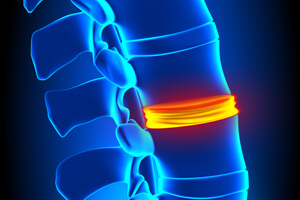Spine health in older adults
Neurosurgery
CentraCare Clinic — River Campus Neurosurgery
As you are aware, our population is slowly aging with our average age increasing. While this is a good thing, aging can cause issues — especially with our spines.
As we age, the water content of our tissue decreases, which causes intervertebral discs in our spines to become dehydrated and begin to collapse. Disc collapse can have several negative consequences:
- The boney opening where the nerves exit becomes narrowed and pinched. This can cause numbness, weakness and severe pain.
- The forces that are normally supported by the disc are transferred to the ligaments and joints around the spine. Over time, these become enlarged and can cause stenosis, which is the narrowing of the spinal canal. This can occur in your neck or lower back and cause severe pain and disability.
Another effect of aging is that our bones become thin and develop osteoporosis. We tend to fall and develop spinal fractures. There was a study done that showed approximately 40 percent of people over the age of 65 have some sort of compression fracture.
Treatment options
We are advocates of using physical therapy and nonsurgical methods, whenever possible. Potential surgical options include a minimally invasive procedure, which uses a small incision to unpinch and decompress the spine. More aggressive surgeries can help correct spinal deformities and instabilities.
How can you prevent spine issues?
The most important thing you can do is to avoid smoking. Some of the other preventative measures to help address the effects of aging are good nutrition and general physical activity.
